The British won the war but lost their watchmaking. Though watchmaking had existed in Switzerland as a cottage industry since the Age of Enlightenment, the Swiss did not truly dominate commercial watchmaking until World War II when the neutral country freely used resources – from metals to skilled labor to capital – that other countries fighting the war had strictly rationed. Swiss watch firms took on profitable contracts to build countless mil-spec watches for both the Axis and the Allies, and business was good. The British outsourced most of their watchmaking to the Swiss while producing Spitfire aircraft, bombs, tanks and other cutting-edge military products back home that Winston Churchill famously, and correctly, deemed essential to victory. Seen in this light, the massive reduction in British commercial watchmaking during and after WWII appears more noble sacrifice than miscalculated fumble.
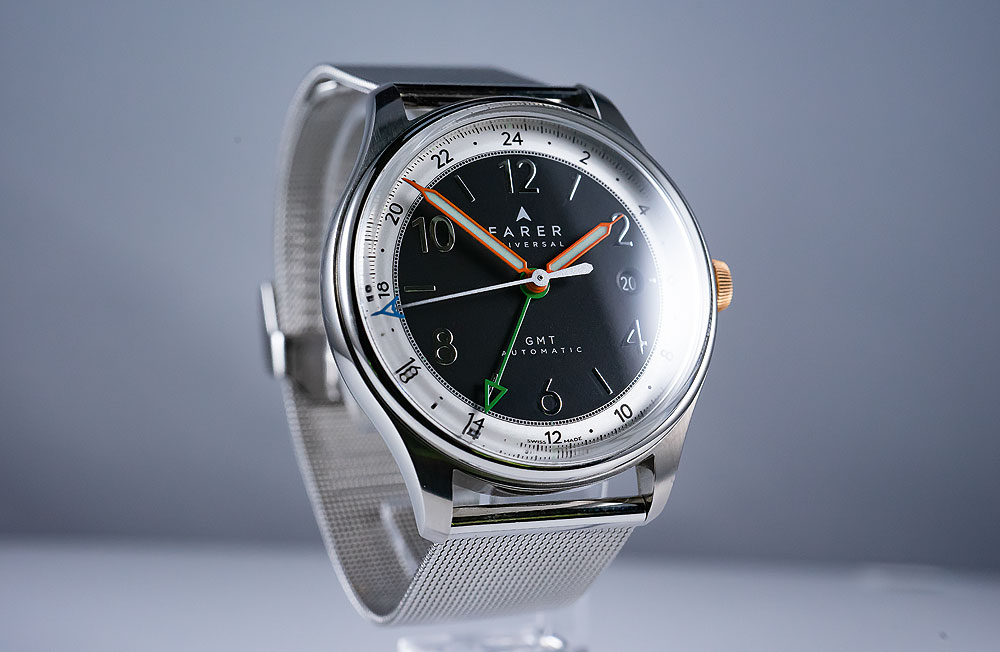
The British watch manufacturing that did survive WWII collapsed with a solid thud along with a long list of Swiss, French, and American firms during the Quartz Crisis of the 1970s. Specifically, it was the Smiths instrument division shuttering its Welsh factory in the 1980s that brought an official end to large-scale British watchmaking. Japan’s clever battery-operated devices delivered unprecedented timekeeping accuracy – if not soul – to the global market at unbeatable prices, and, ironically, it took the cheap plastic Swatch to revive the Swiss watch industry during the 1980s. England, however, didn’t have a Nicolas Hayek-like figure to revive its large-scale watchmaking operations, and so the British industry remained largely inert through the end of the 20th century. With the 21st century now in full swing, however, a few determined firms have started writing the future of British commercial watchmaking, an enterprise that is starting to turn what many skeptics saw as a nationalistic pipe dream into a measurable reality.
Though reviving British watchmaking may sound like a charming endeavor, these newer companies must duke it out in today’s mercurial global economy while simultaneously serving a diverse international consumer base via ever-changing digital channels. And yet, almost in spite of late capitalism’s flightiness, the storied legacy of British watchmaking provides a compelling backdrop for what these young firms hope will constitute a horological renaissance in England.
British Watchmaking History
The legacy of British watchmaking includes the race during the 1700s to solve the problem of calculating longitude while at sea, with the best solution turning out to be precise timekeeping. This famous competition resulted in 18th-century London’s booming production of dead-accurate marine chronometers. John Harrison was the one to finally take credit for setting England’s ships on a straight course, but as undeniably brilliant as Harrison was, he was surrounded and supported by the likes of English watchmaker Henry Sully, who reduced the effects of temperature on balance wheel oscillations; clockmaker George Graham, who helped fund Harrison’s work; and Thomas Mudge, whose pocketwatches from the 1740s used a newly developed “Huntsman’s” steel that resulted in the highly accurate lever escapement that still forms the basis of most modern mechanical movements.

While Swiss houses like Jaquet Droz kept the Royals entertained with bejeweled automatons and chiming one-offs, for the most part, British watchmakers put their heads down and refined the less glamorous aspects that improved accuracy and streamlined production. There was, after all, the world’s most powerful navy overseeing the world’s largest Empire to attend to, not to mention an ever-expanding commercial shipping industry, all in need of accurate marine chronometers. In the late 1700s, British watchmaker John Arnold simplified production in order to meet the growing demand for chronometers. Arnold patented a slew of balance wheel modifications, finally landing the right formula with his overcoil balance spring in 1782. Like Mudge’s escapement, Arnold’s overcoil is still an essential component in today’s mechanical movements.
With most of the major problems solved, innovation among British watchmakers slowed considerably in the 19th and early 20th centuries. We might count Rolex founder Hans Wilsdorf, a German-born Brit who started his firm in London, as the 20th century’s horological innovator extraordinaire, though many find the notion of Rolex being British a stretch. Without Wilsdorf, we turn to the 1960s and ’70s, when a veteran named George Daniels labored away in London to solve the problem of sliding friction in Mudge’s lever escapement. Daniels’ now-famous co-axial escapement accomplished something so conceptually subtle that it took six years to secure the patent and over two decades to license the device, which Omega finally did in 1999. With typical British understatement, Daniels had made the first paradigm-shifting horological contribution since his fellow countrymen Mudge and Arnold had worked out the lever escapement and overcoil balance spring nearly 300 years prior. That’s quite a legacy, all of it British.
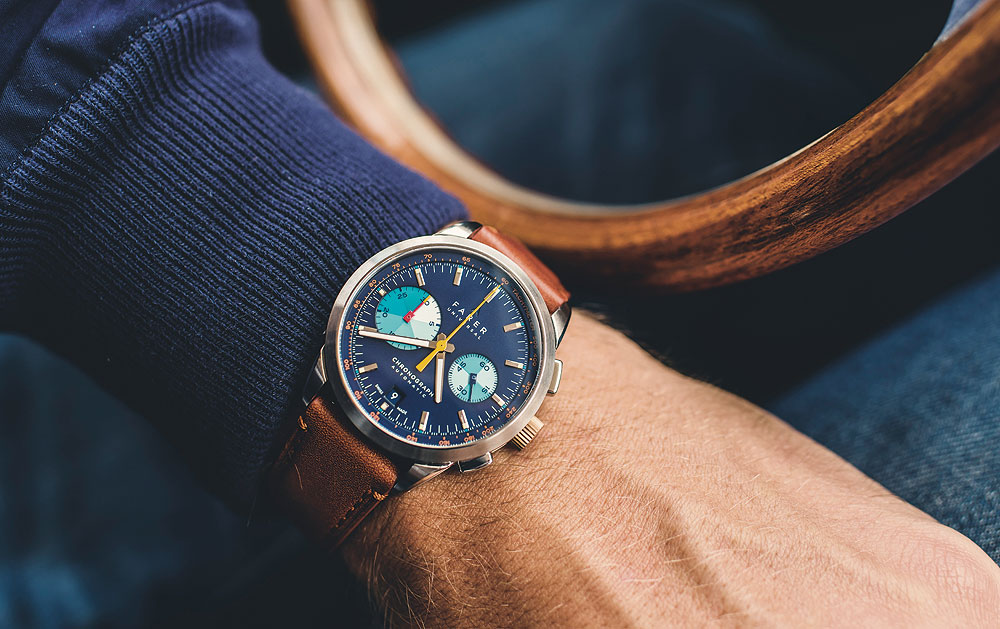
British Watchmaking in the 21st Century
Today’s most prominent British watchmakers include Stephen Forsey, Peter Speake-Marin and Roger W. Smith, an apprentice of Daniels (we profile him here). All three (with the exception of Speake-Marin, who recently left his eponymous firm) are focused on small-scale production in the haute horlogerie sphere and push boundaries in engineering, finishing and design. Cabot Watch Company (CWC) managed to grow while scavenging dwindling military contracts during the 1980s and now offers civilians retro-styled field watches, but it has not reached the commercial heights that companies like Bremont, Farer, and Christopher Ward aspire to. These three brands in particular have staked out a bold international presence in a very short time, and each is proudly British in its own way.
The gulf between designing and actually building a watch is vast. Many consider the height of horology to be the handmade in-house movement, but the introduction of machine-made, non-metallic components into movement production from Ulysse Nardin, Patek Philippe and the Swatch Group are throwing that increasingly anachronistic assumption into question. Plus, many established and mainstream companies use outsourced components in order to streamline their production capacity. Today’s British watchmakers must produce, market and sell watches within the 21st century’s ever-changing landscape, and this can be confusing. What truly constitutes watchmaking today? Do the words “Made in England” really matter? Is it even possible to hold on to national boundaries when attempting to satisfy a global appetite on a larger scale? What are the trade-offs of attempting to do it all on British soil?
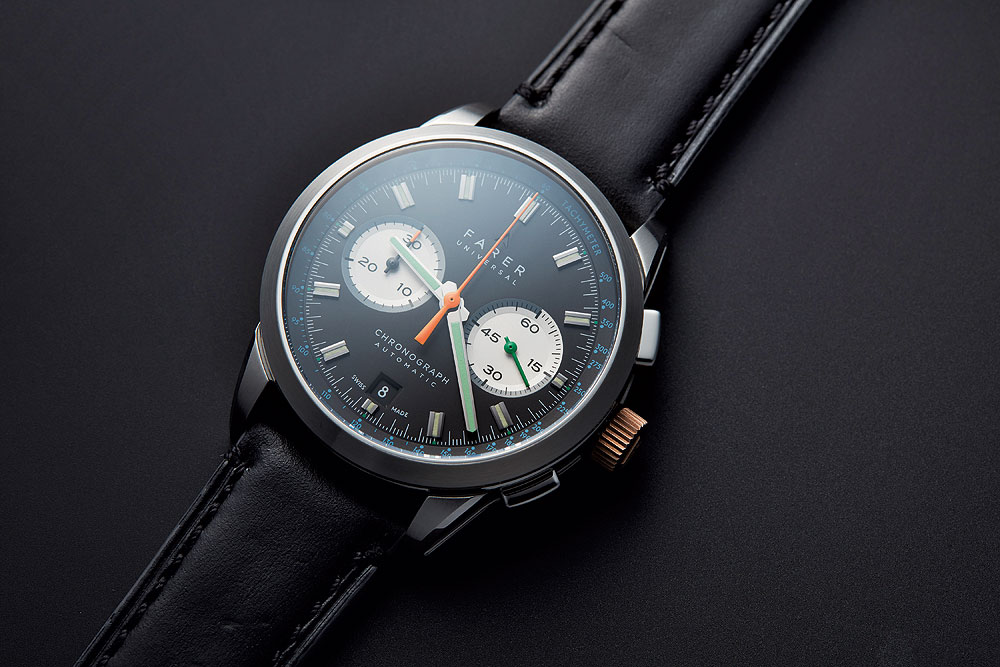
Paul Sweetenham, founder of Farer Watches, chips away at some of these questions with a confident aplomb that backs up Farer’s tagline: British Design x Swiss Made. “If Aston Martin can use a Mercedes engine and still be a very British car, should our goal as watchmakers be to make an in-house movement and drive up prices exponentially or to continue to develop watches that are very British and bring a great value?” To this end, Sweetenham emphasizes “the art of the dial” and points out: “In Switzerland, the focus has shifted away from the dial to the movement. Skeletonized dials, which demote the dial down the scale to such an extent that you look straight through it, exemplify that trend.” Indeed, Farer’s dials don’t just sport vibrant British colorways; Sweetenham states that Farer’s Swiss-made dials “go through as many as 42 layers of production, whereas the typical dial from [a major Swiss brand] sees around 15 layers.” The depth and clarity of Farer’s dials when seen under a loupe or with the naked eye are a testament to these claims.
Sweetenham goes on to point out that bespoke goods with a focus on details have been a British fascination for centuries. “Handcrafted cars, suits, shoes or whatever … there is an excessive amount of detail in British goods, and in our watches. The nature of English brands is to be extremely focused on the minutiae.” But how is an off-the-shelf movement made bespoke? Sweetenham says, “Ultimately, we’d like to get involved in elements of production, and we don’t believe that assembly equals production. We are personalizing a lot of the elements in the movements we use, especially the Sellita models, but our aspiration is probably quite similar to Christopher Ward, which is to bring a strong quality-value equation.”

While Farer plans to stick to its Swiss-made approach for now, Bremont has set out on a long-range plan to reestablish British watch manufacturing on British soil. Founded by Nick and Giles English – close brothers with a deep passion for British aviation, cars, motorcycles, and the military – Bremont has been going strong since 2002. It is now inching closer to its stated goal of making a fully in-house British watch. Yes, this is Roger Smith’s domain, but Giles English says, “Bremont aims to be a big-label brand. To do this we need to build up skills and facilities, and we’ve poured millions into that. We have about 150 people working for us now, many of them watchmakers and machinists who we have trained.”
Currently, all Bremont cases are made in-house, which results in a higher price tag for consumers. But that hasn’t been a notable impediment to commercial growth, largely because Bremont’s hardened steel is nearly impossible to scratch and because its unique three-piece Trip-Tick case strikes a chord with those seeking something unique. Add in the chronometer-grade movement certification that each Bremont watch goes through, as well as the meticulous finishing and hefty handmade straps, and the prices look downright competitive with the major Swiss brands.
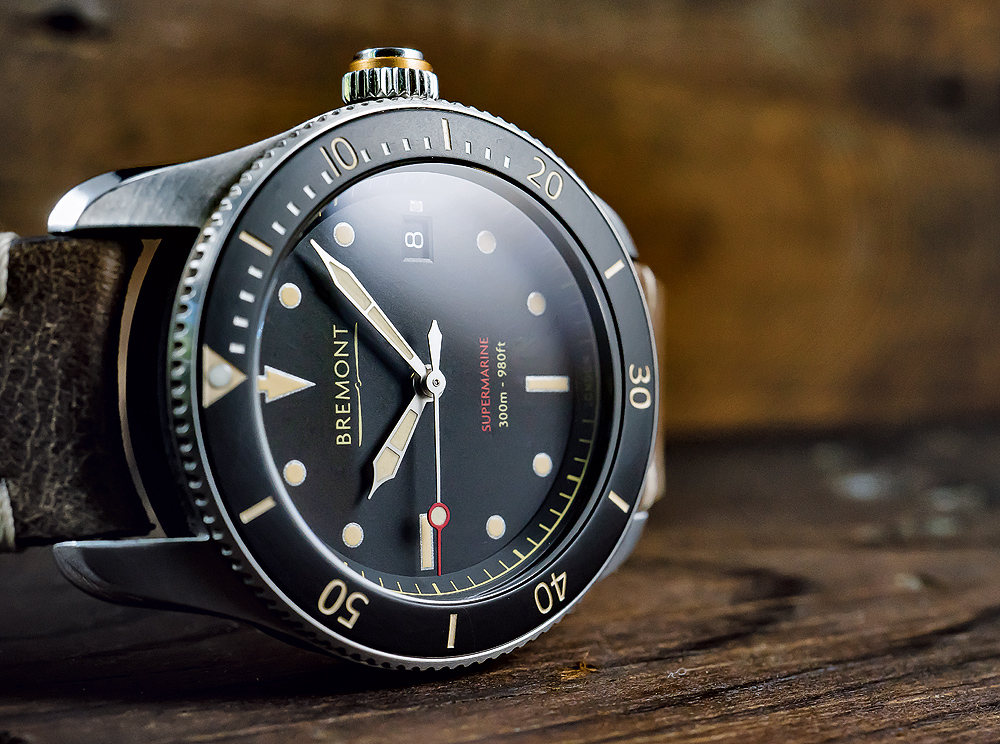
Like Farer, Bremont exhibits an attention to detail and use of color that feels decidedly British, but it is the brand’s many partnerships that cement its dedication to England. Those partnerships include endeavors with sub-Arctic explorers, America’s Cup contenders, as well as watches designed in partnership with Jaguar cars, the Concorde Jet and, most recently, a new line of watches certified by Her Royal Majesty’s very own Armed Forces.
Regarding the obvious investment it has taken to sustain Bremont’s mission, Giles English says, “Making things on British soil is never the right thing to do commercially. But to become the big-label brand we want to be, we have to go that route. Part of our long-term ambition is to create an in-house movement. We’ve got a lot of bits and pieces we build, but we’re not there yet.” There’s that British understatement again; check out the Concorde Jet-shaped bridges of the eight-day hand-wound movement inside the limited-edition Bremont Supersonic watch to see just how comprehensive “bits and pieces” can be, or take a glimpse inside Bremont’s facilities at Henley-on-Thames to see a bustling team in white lab coats with their heads down and loupes strapped on.
English goes on to explain, “As a designer, to own the trademarks and patents on the whole movement is very exciting to us, and part of our plan. Ultimately, we’re an engineering company, but we have to run retail, have boutiques and do it globally, so it’s an incredibly complex business. We knew it wasn’t going to be easy, but that illustrious history of British engineering is what we want to contribute to.”
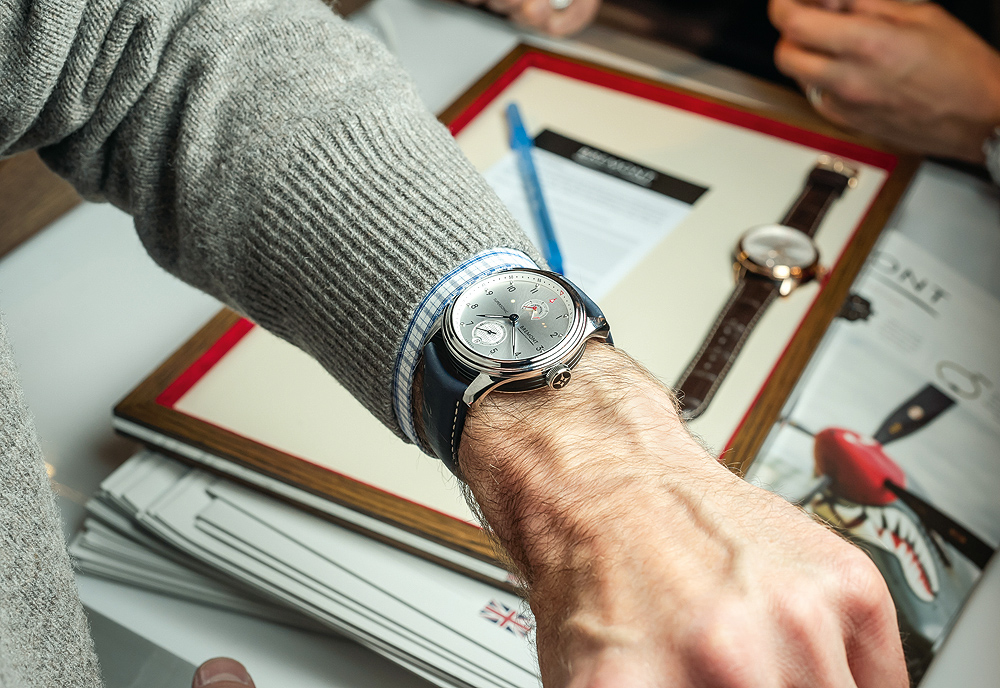
Right about the time Bremont was starting out, England’s Christopher Ward came on the scene as one of the first direct-to-consumer watch brands. Going direct to consumer in 2004 certainly put Christopher Ward way in front of that trend. The iPhone was still three years away, and the watch industry had clenched its grip on brick-and-mortar retailing under the assumption that people wouldn’t spend large sums on luxury goods via the internet. Christopher Ward’s intuition, it turns out, was spot on.
Co-founder Mike France says, “In some ways I’d like to think that, along with Bremont, we inspired the reemergence of interest in large-volume watchmaking in this country back in 2004. The scene was fairly barren in the U.K., and I’m very pleased to say that 15 years later it’s flourishing. Farer is now on board, and the British scene is vibrant, yet still relatively small.”
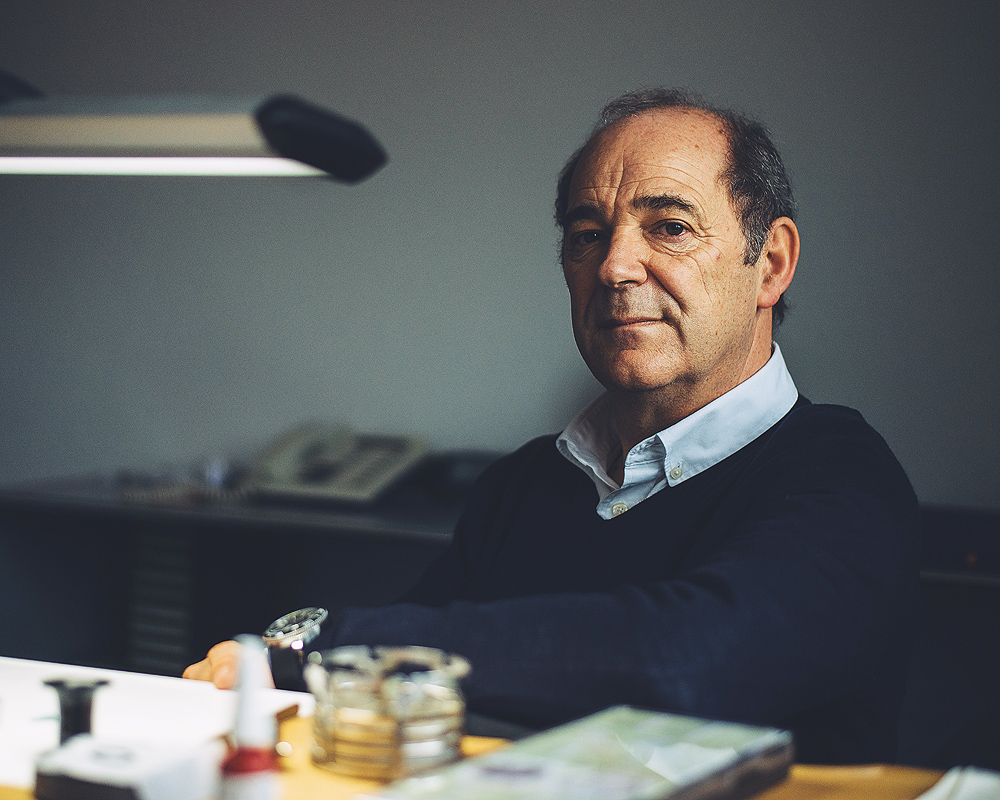
Christopher Ward has built a reputation for transparency, even when it comes to manufacturing its own movement. France clarifies: “We developed the in-house Caliber SH21 starting in 2008 with our sole supply partner, Synergies Horlogères (SH). On the same day we announced that movement, we announced our merger with SH to form a bigger company, so we became a fully vertical operation, building our own movements and selling direct to consumers. That was reasonably unique then, and I think it’s still fairly unique now.” Pushed to define the boundaries around the contentious phrase “in-house,” France is blunt. “What is certainly true is that we do not manufacture all of the parts of SH21, and we have nine partners who supply our parts, including one who provides parts to Patek Philippe. Yes, it’s true that even many haute horlogerie makers go that route. We’ve always been very clear and transparent about all of this.”
That frankness has earned Christopher Ward solid street cred among watch aficionados, many of whom are embracing what France calls “New Luxury.” “There is a growing constituency of people in the world who are much more persuaded by the ‘New Luxury,’ which is not so much about demonstrating how wealthy I am, but more to do with how smart I am by understanding that this is the same quality at a lower price,” he explains. “And that ‘New Luxury’ approach drives our model at Christopher Ward, even though we didn’t know that phrase at the time we started out.”

Christopher Ward doesn’t expect to slow down anytime soon. “In the nearer term, I think we’ll see hyper growth for the CW brand, maybe to the tune of three or four times its current level of turnover,” says France. “It’s strange, but for 14 years we’ve been in beater mode, figuring it out, and we now know which levers to pull, so we’re about to bring outside funding into the business for the first time, which will put the foot on the accelerator of growth.” Is this just a founder’s optimism? “I actually believe, and there is evidence to support it, that we have a brand that can do 100 million or 200 million [pounds] per year. Our products cross geographic boundaries quite easily, with the speed of that going up all the time, and I believe we have the potential to be a mainstream brand. We are really at the tipping point. It’s a very exciting time.”
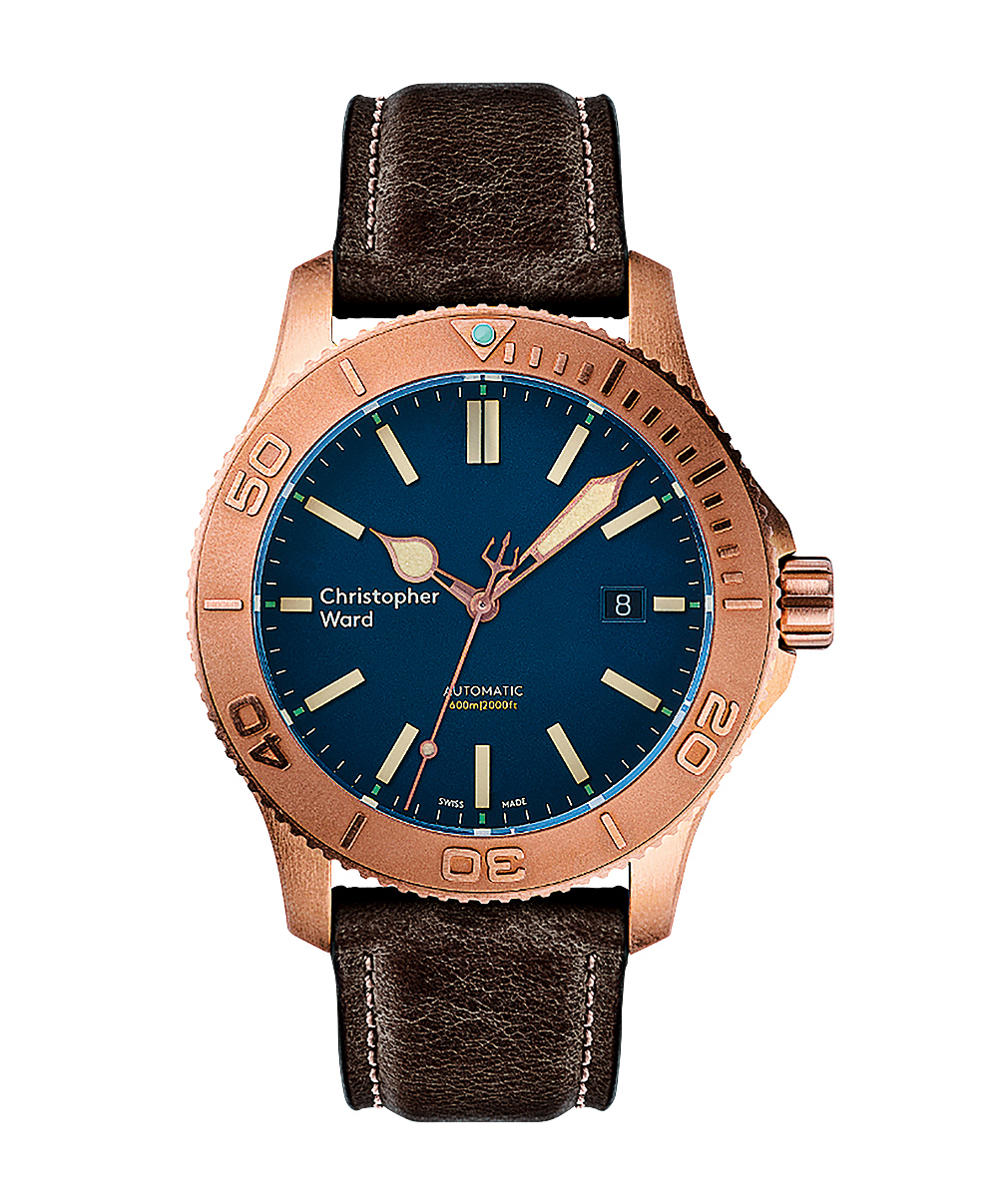
Though there are many other watch brands up and running in England as part of the so-called “microbrand movement,” Farer, Bremont and Christopher Ward provide a stark contrast to the younger generation’s small-scale model. Each company is headed by gentlemen who have already succeeded in other businesses, who possess the experience of having those careers behind them, and who bring a drive and purpose to creating institutions that will outlive them. Though their goals and approaches vary, all three companies embrace the ever-changing challenges of making watches in the 21st century and beyond. Sometimes a blank slate, like the one England’s watchmaking was handed during the 20th century, is exactly what’s needed to reimagine the future.


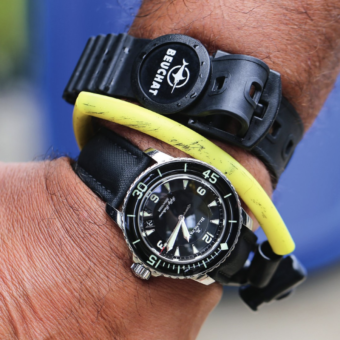

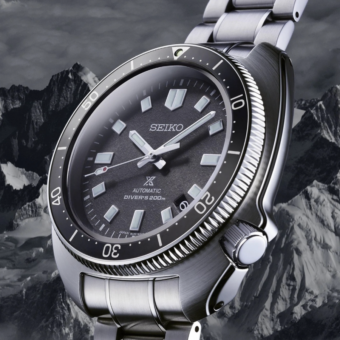
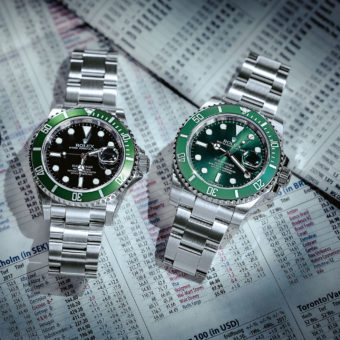
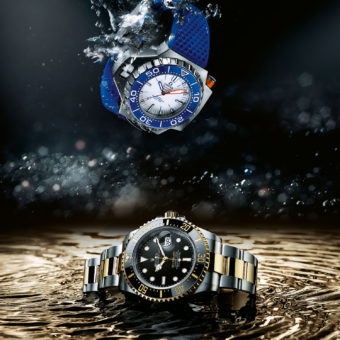
I’ve been looking for a clean, stylish and quality finished GMT watch for some time! The Christopher Ward C63 Sealander GMT is the watch I still gravitate towards as in South Africa, anything remotely resembling a Rolex Explorer II homage watch, attracts too much attention from our ever increasing criminal opportunists! How can I purchase one from SA and hope it arrives at my door in Pretoria?
I have a CW C11 MSL MK1. It’s not my most exotic, bit it is one of my favourite watches. Really beautiful however, CW have told me that they can no longer supply parts for it as it’s too old (2012), and being a micro brand,neither can anyone else, I’m left with nowhere to go,other than to modify it. So, no, they’re hardly an investment if this is their view of old watches.
Where can I purchase the Christopher Ward watches?
Thank you
“Part of our long-term ambition is to create an in-house movement. We’ve got a lot of bits and pieces we build, but we’re not there yet.” Forthcomingness from Bremont in stark contrast to 2014.
I have a great watch collection, but my early Ward GMT, white dial, black ceramic, yellow arrow, is as accurate a watch of all that I own. A real bargain.
I own quiet a few Bremont’s and even though they seem a marmite brand here in UK , I think they are well made and well designed. These are the watches that are mainly on my wrist, even though I do have some of the more established Swiss makes.
My only negative with the brand is that they seem to have far to many Limited Edition or Special Editions . Which to me seems to make them not that special.
What Bremont watches do excel in is my oldest I bought new in 2012 still looks as if it has just been purchased..they sure do hold up to normal wear well.
Fingers crossed this all in-house movement is created soon and not too overly priced. The watches aren’t cheap already.
Great article
Good to see the spotlight on British watch making
I wear daily an early CW Malvern. It is still my favourite, my ’60s Omega, Benson and Longines are a bit too delicate for every day use. It is a shame that CW now appear to concentrate on models that do not appeal to my taste for a plain, elegant watch. Also moving out of my price range.
There is a lot in what you say. I have a couple of divers watches and no longer dive, one of which is a Christopher Ward mk2 trident. I also have a rolex explorer which is about 30 years old (bought new by me). The Trident is much better engineered, the case, particularly the crown and bracelet are fabulous . If people chose to wear divers usually its just a question of taste. Other people wear monstrosities by Hublot and Richard Mille and that is their choice
The founders name of Bremont is English. One of the three co-founders of CW name is France…Nice!
Great article . Really need to look at Garrick. English watches made with an in-house movement in England. Fantastic pieces.
100% agree, Garrick is KILLING it and is actual British watchMAKING. Also Anordain (UK) and Fears.
I own the bronze model displayed above and in less than 6 & a half months the movement began to malfunction. Inquired about repair and was told since it was past the warranty period they would take into account the fact it was only 6 months old. But since they are closed I will have to wait for repair. I’m no novice to mechanical movements owning Rolex, UN chronometer, Omega Plant Ocean, Oris, Cartier, Ebel, I can go on.Very disappointed in CW.
I am very surprised to hear that, as CW have a 5 year warranty. The movement in my Trident developed a problem, after contacting them a prepaid colection pack was sent to me. The watch was repaired and returned with no problems or cost to me
I am eager to buy a Christopher Ward and will do so soon. These are great looking watches.
I own several Christopher Ward watches,they really are superb quality and at a reasonable price, with the bonus of being British. Why pay three times the price for a watch that has the same movement.
First focus on the design, then on the quality, then on the brand appeal and then on the nationality. The nationality can be moved up in the line if the aim is simply to sell to a small segment of the UK buying public, but in my view this is a self-limiting exercise.
Good article, but like most of these kind of round ups is missing the bigger picture. I have followed British brands for quite some time ( and own a couple ) , and the one thing that links these three is they have all had some big bucks investments which sure helps them make a top 3 list.
Bremont, look to have had some new investment recently from their company accounts from a USA VC fund, I guess some to help pay for their new HQ . Let’s hope they have enough staff to fill it by the time it’s complete based on their glass door reviews… sounds like some issues there. Christopher Ward recently got a load of Investment but the only thing people in the know talk about is that Chris Ward has actually now left the co and their customer care aint as good as it used to be.. Farer are new and have pushed forward probably on the back of their successful retail guy backer….So, money it seems makes these Brit company tops, they have the investment, the ‘stories’, the adverts, the press… but go deeper into the UK scene you have much smaller companies and people who seem to be more focussed on their interest in crafting watches than trying to dominate a retail market . Garrick and Struthers with handmade editions and true in-house movements, Pinion and Schofield with solid considered designed products and Brit revival companies like Vertex and Fears using their actual heritage (not faked) and of course Roger Smith. There’s more like the ones listed as well if you look further. So, as articles go, great but look under the surface and there’s others who deserve a mention!
Of course, two out of three proudly say “Swiss Made” on their dials
Bremont makes fantastic and beautiful. My Bremont Boeing isn’t the most expensive but is the favorite in my collection.
Fossil head office is in Texas.
They are manufactured in Asia.
Does that still make them American watches ?
Did you read the article?
Well, Mercedes and BMW make cars outside Germany, but they still are considered German cars. Yamaha makes motorcycles in France, yet they are still considered Japanese motorcycles.
I think today it has more to do with where the product is designed, engineered, and developed, and less with where it’s actually manufactured.